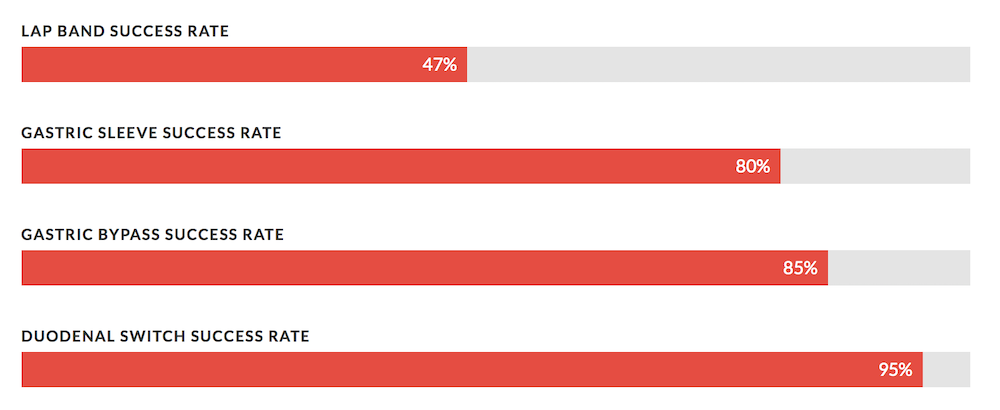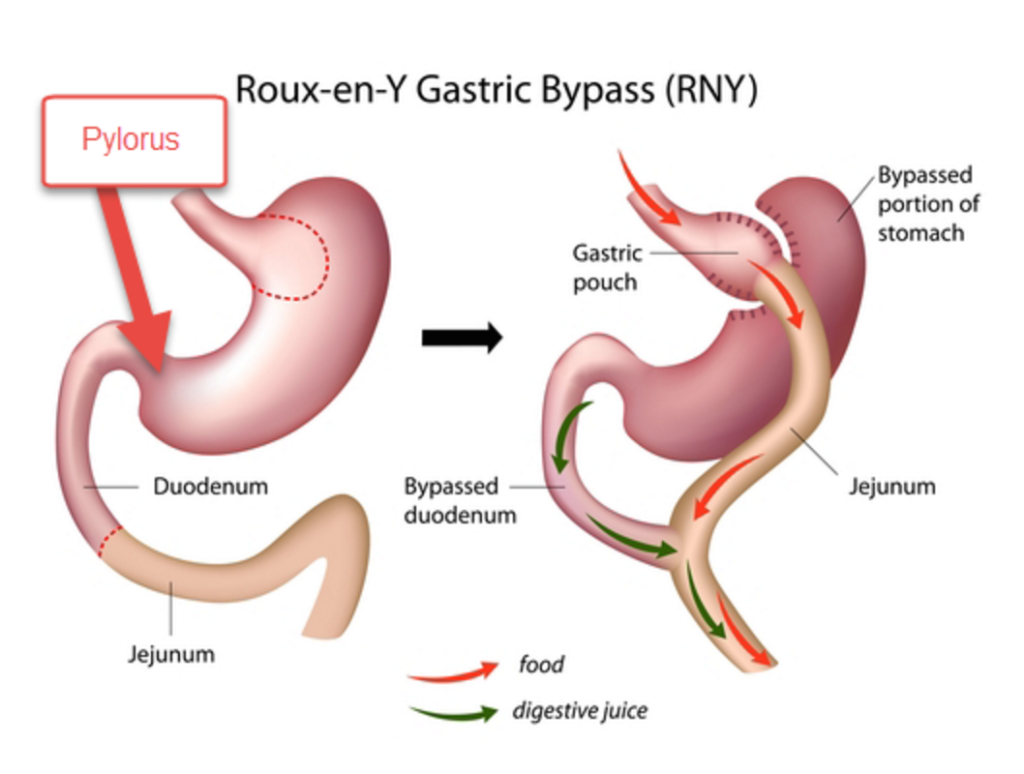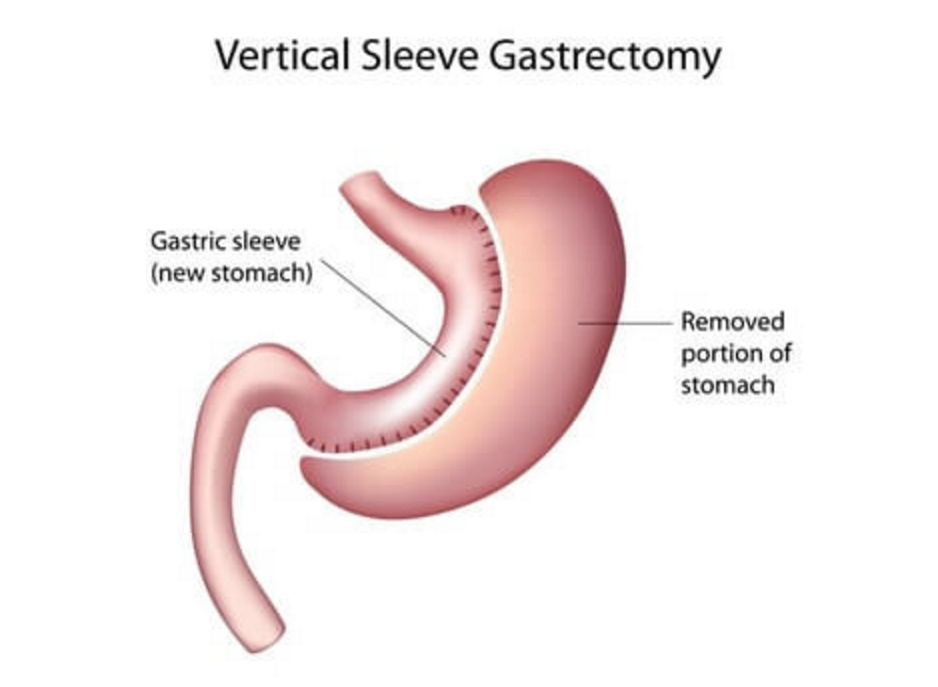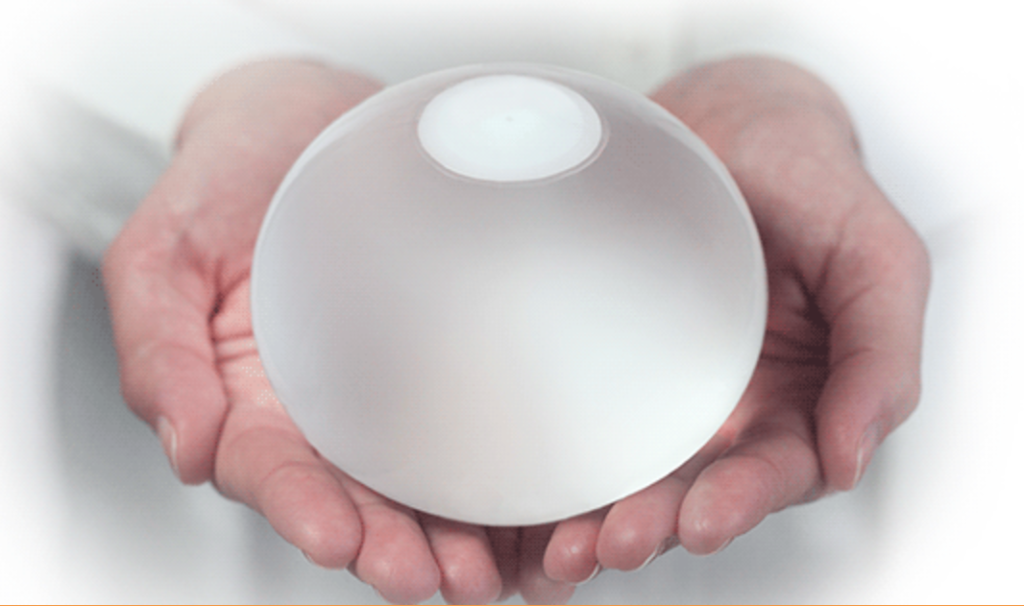What is Bariatric Surgery and Does it Guarantee Sustained Weight Loss Results?
Do you ever feel like your life would be totally different if you weighed less?
You’d probably spend more time hiking, swimming, and biking with your family in the beautiful outdoors of Amarillo. Or maybe, you’d finally stop worrying about being the “fat” friend when you go out at night.
Even though it’s the biggest city in the Texas panhandle, Amarillo may as well be the size of a thimble if you’re stuck inside because you don’t feel awesome or attractive.
It’s not that you’re lazy—you’ve probably tried every popular diet and workout fad there is—it’s just that when you drop a few pounds, you tend to gain them all back again.
Hey, it’s not all your fault; you don’t need a Texas-sized appetite to find yourself heavier than you’d like to be.
See, our bodies have a “set point” when it comes to our weight, or a weight range it feels most comfortable at. Your body will do its hardest to maintain this weight and start influencing your hormones, thoughts, and actions to trap you in this zone.
So despite your best efforts to get healthy, you’ll always be fighting your body’s natural urges to remain heavy. Sound hopeless? Don’t give up just yet.
As Stephen C. Woods, PhD, writes for the Obesity Action Coalition, certain bariatric surgery, or weight loss surgery, can actually change your set point so it’s permanently programmed at a lower level.
Woods says, “What is especially exciting is that people undergoing bariatric surgery have been found to maintain their new, lower body weight for 20 years or more and to live longer on average than individuals not receiving surgery, presumably due to reduced health risks.”
Bariatric surgery isn’t a magic fix-all—it’s a valuable tool to kickstart the healthy life you’ve always wanted (but could never achieve all on your own).
Today, we’re going to highlight your different options for bariatric surgery (and nonsurgical weight loss procedures) here at Panhandle Weight Loss Center.
Do the Benefits of Bariatric Surgery Outweigh the Risks?
Your friends and family may try to talk you out of surgery and say you just need to run more and eat fewer calories. Maybe they ride you for “taking the easy way out” when it comes to losing weight.
This stigma associated with bariatric surgery is so unnecessary—and it’s keeping millions of people all over the world from getting the real help they need.
According to the World Health Organization (WHO):
- More than 1.9 billion adults are overweight
- Over 600 million are obese
Obesity is now recognized as a “chronic progressive disease resulting from multiple environmental and genetic factors,” the American Society for Metabolic and Bariatric Surgery points out.
If you don’t face this disease head on, you’ll have to deal with the economic, physical, and psychological consequences for the rest of your life.
Bariatric surgeries have been clinically proven to help people lose weight. See the success rates for yourself:

Losing weight is more than looking hot in a bikini for your Instagram selfies. It’s about lowering your risks for medical conditions associated with being obese or overweight, such as:
- Heart disease
- High blood pressure (hypertension)
- Type II diabetes
- Acid reflux
- Sleep apnea
- PCOS
- Infertility
- Weight-related cancers (breast, ovarian, and prostate)
- Osteoarthritis
If you’re already dealing with any of these conditions, bariatric surgery can drastically reduce them, and sometimes eliminate them completely.
Plus, since Dr. Bo and Dr. Bleu perform all of their surgeries together as a team (which is pretty unheard of for most practices), they have extremely low complication rates to make the process even safer.
If you’re healthy enough to undergo surgical procedures and you have a:
- BMI ≥ 40, or
- BMI ≥ 35 with 1 weight-related medical condition
… you may be a perfect candidate for weight loss surgery.
Don’t know your number? That’s ok, it’s easy to calculate your BMI here so you know where you stand.
If you don’t meet the criteria for surgery —or you’re uncomfortable going under for surgery—we also offer nonsurgical procedures for weight loss as well.
Let’s talk about all your options.
Get to Know Your Options for Bariatric Surgery and Nonsurgical Weight Loss Procedures
When someone says they’ve had “weight loss surgery,” it means they have had one of four bariatric surgeries:
- Gastric band
- Gastric bypass
- Gastric sleeve
- Duodenal switch
Each of these procedures falls into one of two types of bariatric surgery categories (or may be a combination of both). They’re separated by the approach of how you lose weight:
- Restrictive surgeries limit the amount of food your stomach can hold either with gastric banding or by actually making your stomach smaller.
- Malabsorptive surgeries involve removing and/or rearranging parts of your digestive system to limit your body’s absorption of calories (and specific vitamins and minerals).
Here’s how each of these procedures works:
1. GASTRIC BANDS AND (2.) GASTRIC BYPASS
With a gastric band (or lap band surgery), an adjustable band is wrapped around the upper part of your stomach to create a smaller pouch that fills up faster when you eat so you wind up eating less.
We don’t perform any lap band surgeries at Panhandle Weight Loss Center and they’ve fallen out of favor with many other bariatric surgeons as well. That’s because:
1. Patients hate them. Rigorous follow-up includes getting stuck with a really long needle every 2–3 months to adjust the band. We also have to remove a lot of lap bands due to complications.
2. Weight loss results aren’t great. Patients can lose weight 95% of the time with newer procedures versus 47% of the time with bands.
We’re also performing fewer gastric bypass surgeries (or Roux-en-Y), which have always been considered the “big” weight loss surgery.
During a bypass, your stomach is sectioned off so it’s the size of a walnut or egg and connected to part of your intestines, bypassing a large portion of your stomach and upper intestines. This combo became the “gold standard” in bariatrics because you eat less and absorb fewer calories to guarantee weight loss two ways.

We’re trying to get away from gastric bypass surgery because:
1. There are too many short- and long-term complications related to the bypass. The surgery itself is very demanding and presents its fair share of risks.
2. Some patients can gain a significant amount of their weight back. When you eat, a valve in your stomach (the Pylorus) closes to signal the acids in your stomach to start digesting your food. Your stomach then stretches as you eat and you feel full, which tells your body to stop eating.
However, you won’t feel this same sensation of fullness post-gastric bypass. That valve is bypassed and over time you can lose the sensation of being full.
The gastric sleeve is a simpler procedure and it can be equally or more effective than either lap band or gastric bypass surgery for lasting weight loss results.
3. GASTRIC SLEEVE
Unlike gastric bypass, the gastric sleeve doesn’t burn a bridge, as we like to say.
Basically, we’ll remove 80% of your stomach to make a sleeve that’s roughly the size and shape of a banana. The rest of your digestive system stays intact and undisturbed.
Your smaller tummy physically won’t be able to eat a ton of food before you feel full. Plus, reducing your stomach also reduces the amount of ghrelin produced by your system. This hormone is responsible for triggering your appetite so don’t be surprised if you’re hungry less often, too.

There are three reasons why gastric sleeve surgeries make up 70% of the bariatric procedures we perform:
- It’s the safest weight loss surgery out there. We have less than a 0.1% complication rate with them. Since there’s no intestinal rerouting, it’s a much easier procedure to perform.
- Weight loss is more significant and lasts longer. There’s an 80% success rate and you’ll lose an average of 65% of your excess weight in two years.
- You’ll achieve sustained weight loss because you’re not bypassing the Pylorus, which means you’ll experience the sensation of being full and naturally begin to eat the correct portion size all the time.
The other 30% of our procedures are duodenal switch surgeries, which actually build upon a gastric sleeve.
4. Biliopancreatic Diversion with Duodenal Switch
Here at PWLC, we know this long-named procedure simply as the “switch.”
First, a gastric sleeve will be performed to reduce your stomach size. Then, your small intestine will be divided and rerouted to trigger malabsorption. This combo ensures you eat and absorb fewer calories simultaneously.

Patients report losing an average of 90% of their excess weight over a 2 year period following the switch.
The switch surgery is more complicated than the gastric sleeve—which most patients will do amazing with—so it takes a special candidate to qualify for one. Generally we perform the switch on:
- People with extremely low metabolisms. The sleeve limits your calorie intake by restricting how much food you can eat at one time. However, if your metabolism isn’t strong enough to lose weight even with that calorie deficit, you won’t see incredible weight loss results.
We’re not just going to take your word about your crummy metabolism, we’re actually going to check it in the office with a simple BMR test. Once we know your individual metabolism, we’ll know right away if you’ll have better results with the sleeve or the switch.
- Type II diabetics. The sleeve is not guaranteed to resolve type II diabetes. If your diabetes can be resolved with weight loss, the sleeve may be a good option.
If you are requiring significant amounts of insulin to control your type II diabetes, the switch is the best option. It works by upregulating certain hormones which allows your body to be sensitive to your own insulin secretion. Patients can see a 90% to 95% remission of their type II diabetes after a switch.
5. Gastric Balloons: The Obera Balloon is Another Tool for Weight Loss
Gastric balloons are a two-pronged approach to sustained weight loss that’s both a temporary and long-term solution (for those who take advantage of it). A lot of patients love this option because it is non-surgical.
First, a small, deflated gastric balloon is inserted in your stomach via an endoscope down your esophagus. Then the balloon is filled with a safe saline solution and lives in your tummy for the next six months.

As the balloon occupies space in your stomach, you’ll need less food to feel full so you’ll consume fewer calories. After six months, we’ll use an endoscope to safely deflate the balloon and remove it.
Patients can expect to lose approximately 38% of their excess weight over 6 months.
But since it’s not permanent, every Orbera balloon procedure at PWLC comes with six months of customized diet and exercise coaching before and during your balloon’s insertion, plus another six months of coaching after it’s removed. That’s how you’ll learn sustainable healthy habits to keep the weight from coming back.
6. Body Contouring to Tighten Everything Up
THE BODY CORSET LIFT
In 2006, plastic surgeon, Alexander P. Moya, M.D., pioneered and developed the Body Corset Lift specifically for patients who underwent bariatric surgery and ended up with a lot of excess skin.
This procedure removes excess skin in both the upper and lower abdomen, flank area, and upper and lower back to create slim, natural contours for your new body.
SMARTLIPO
Smartlipo, a minimally invasive form of liposuction, targets specific trouble areas where fat likes to hang out, such as around your tummy and thighs. A laser fiber is inserted through an incision about the size of a pencil to rupture fat membranes and permanently destroy fat cells. The liquefied fat is then gently suctioned out.
Can you Afford Bariatric Surgery?
You may think weight loss surgery is out of your budget, but you’d be surprised to know that many insurance plans will cover bariatric surgery.
Our experienced team will contact your insurance company and work with them to get you approved for your procedure with as little out-of-pocket expense as possible.
Medicare covers certain bariatric surgeries as long as you meet their eligibility requirements.
In the slight chance you don’t qualify for coverage, we’ll help you find the perfect financing option whether you choose Amarillo National Bank, Happy State Bank, Prosper Healthcare Lending, CareCredit, or that stash of money hiding under your mattress or in your rainy day fund. You can also work with your own bank to the the financial help you may need to get to your dream weight.
You don’t need to travel outside Amarillo for weight loss surgery when two of the best bariatric surgeons are right here in your own backyard. By working together as a team on every surgery, alongside their outstanding staff and state-of-the-art equipment, Dr. Bo and Dr. Bleu have one of the the lowest complication rates in the state.
They’ll help you attain the body and healthy, happy life you’ve always wished for.